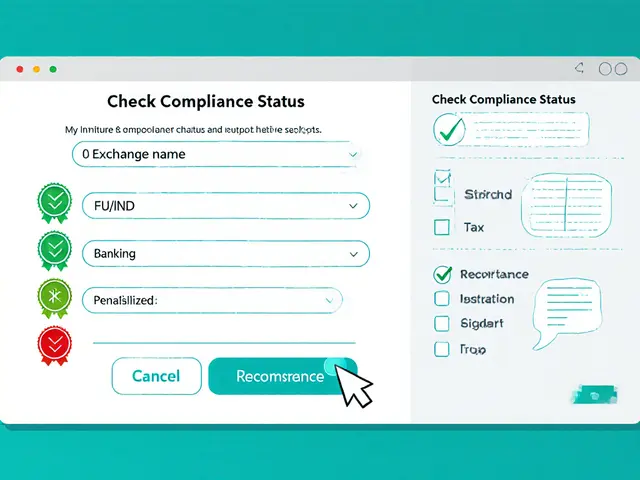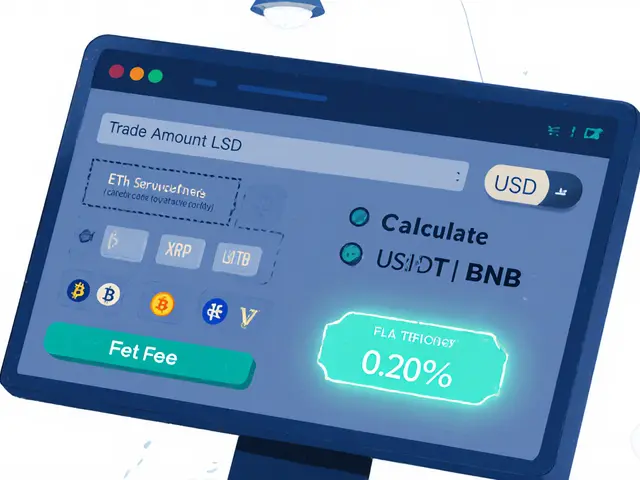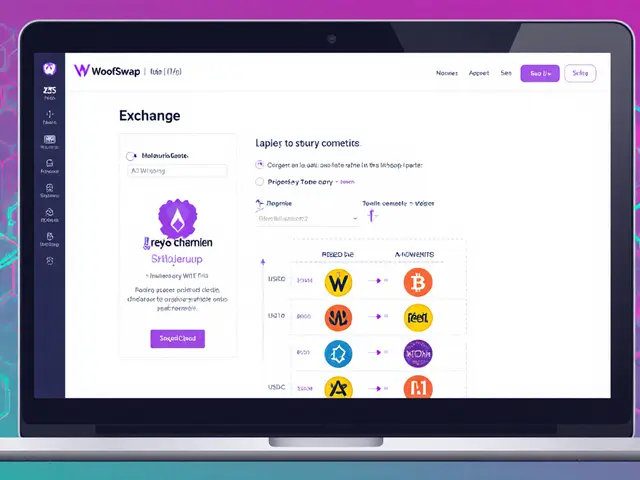Exchange Fees: What Traders Need to Know
When working with exchange fees, the charges that crypto platforms apply to trades, withdrawals, and other services, investors can gauge how much profit each transaction will actually keep. Also known as trading fees, they vary widely across crypto exchanges, online venues where users buy, sell, or swap digital assets and depend on factors like maker‑taker models, pricing structures that reward liquidity providers (makers) and charge takers who remove it or withdrawal fees, the cost to move coins off‑platform to a personal wallet. Understanding these components helps you compare platforms, limit hidden costs, and boost net returns.
How Fees Shape Your Trading Strategy
Exchange fees encompass both the per‑trade spread and any extra charges that sit behind the scenes. A typical maker‑taker model requires you to know whether you’re adding or removing liquidity because makers usually enjoy a lower or even negative fee, while takers pay the higher side. Fee tiers influence the total out‑go by rewarding higher volume – a trader moving $500k a month might see a 0.10% maker fee, while a casual user stays at 0.20%. Withdrawal fees differ by blockchain: moving Bitcoin might cost $2‑$5, whereas stablecoins on a fast layer‑2 can be under $0.10. Some platforms also charge deposit fees for fiat on‑ramps, especially in regions where banking partnerships are expensive. By mapping each of these items – maker‑taker spread, tiered rates, withdrawal cost, and fiat deposit charge – you create a clear picture of the true cost of a trade, which directly impacts profitability and risk management.
Choosing the right exchange isn’t just about the headline fee number; it’s about how those numbers interact with your own habits. Tools like fee calculators let you plug in trade size, asset pair, and expected volume to see the net spread before you click “Buy.” Regulatory environments can add hidden layers – certain jurisdictions require higher KYC fees or impose taxes that effectively raise the exchange fee baseline. The articles below dive into real‑world fee structures from major platforms, compare maker‑taker spreads, break down withdrawal costs for popular coins, and give you a step‑by‑step guide to run your own fee audit. Armed with that knowledge, you’ll be able to pick the exchange that keeps more of your gains, avoid surprise penalties, and trade with confidence.
An in‑depth SuperEx review covering features, fees, wallet, DAO governance, user experience, and regulatory risks for crypto traders.



 Finance
Finance




